There’s something about large Thanksgiving dinners and other holiday gatherings that make you want to pull out the best linens (often inherited!), crystal and china. Those dinners are often the only time many of us will use place cards, used for centuries in high society and, now, weddings, to mark each guest’s spot at often very long and elaborately laid-out tables. Emily Post, in her 1922 book “Etiquette,” outlined the ground rules for place cards: They had to be “about an inch and a half high by two inches long, sometimes slightly larger.” If you have a family crest? Well, Ms. Post declared that it should embossed on the place card.
While not many of us have a family crest, we do love to throw large parties during this festive time of year. Place cards are a great way to make sure Aunt Betty, who loves perfume, is not seated next to cousin Billy, who is highly allergic to scents.
Add a personal touch to your table settings. Have unique or vintage place card holders. They can be fun and whimsical, or serious and practical. They are made of ceramic, silver, gold, plastic, iron and all materials in between. Forty years ago, sets of vintage place cards were offered at almost every sale. I started collecting place cards in the 1960s when they sold for $25 to $75 but it was before computers and I never saw a book or article about the history. Here is what I found this week with the help of online searches.
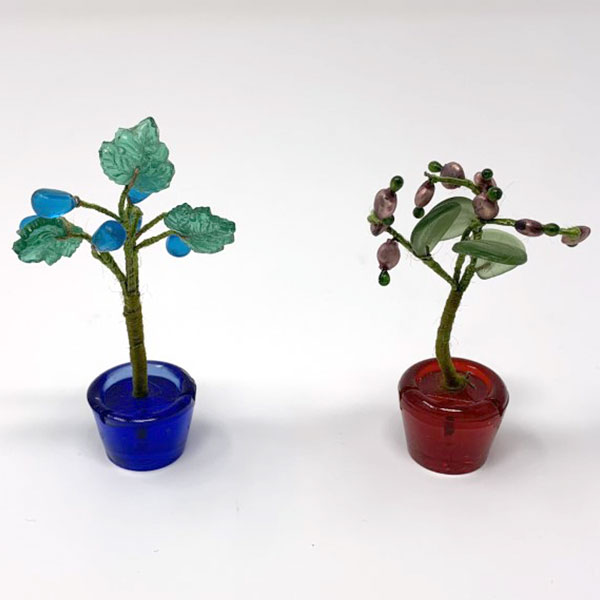
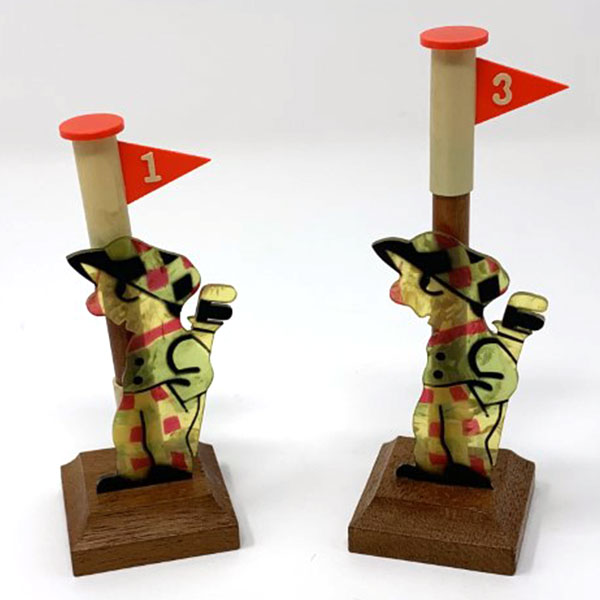
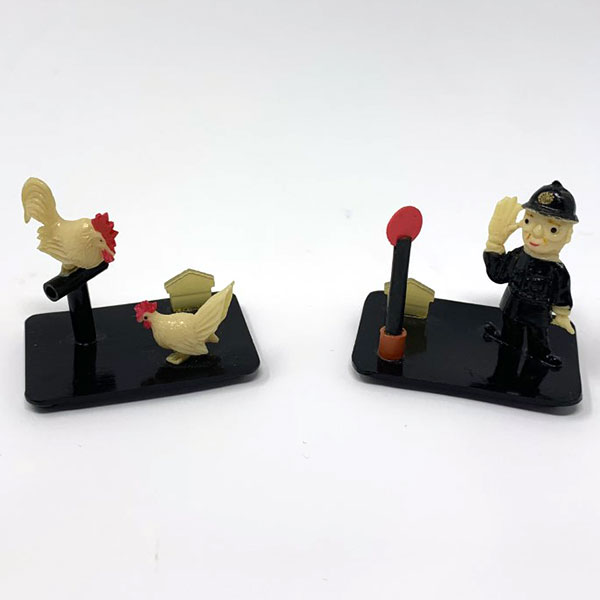
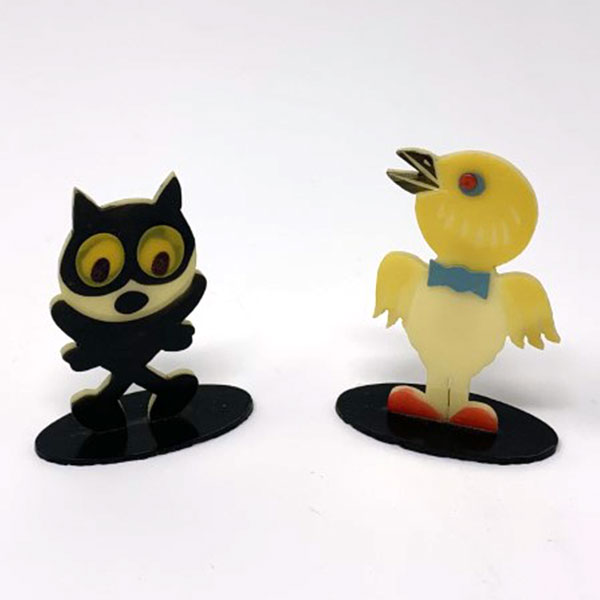
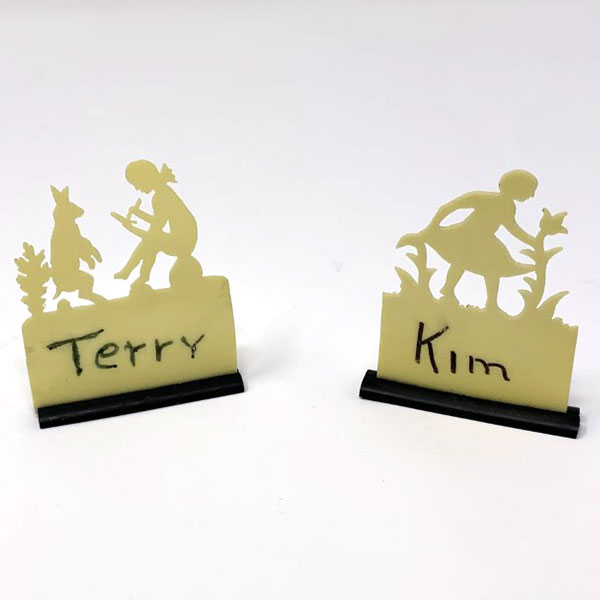
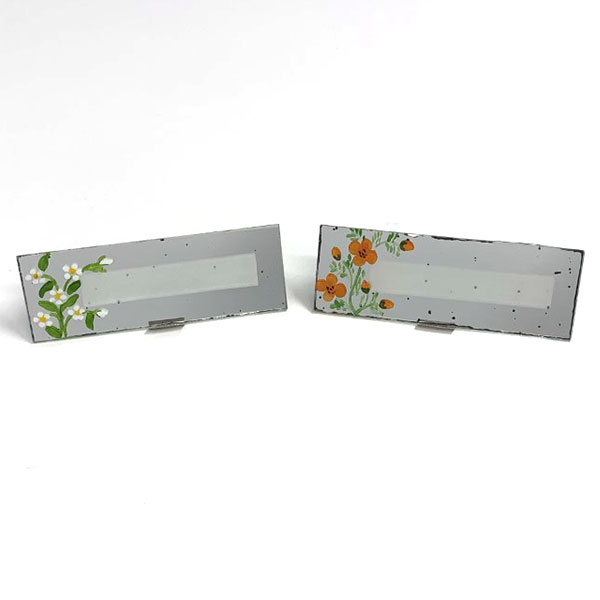
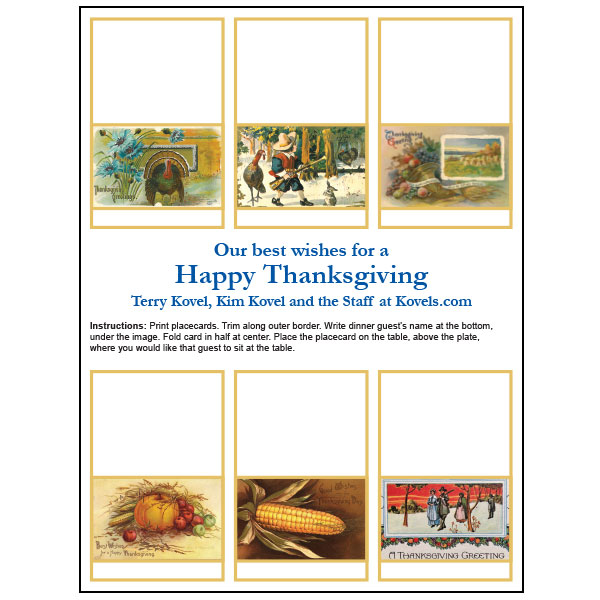



Leave a Reply
You must be logged in to post a comment.